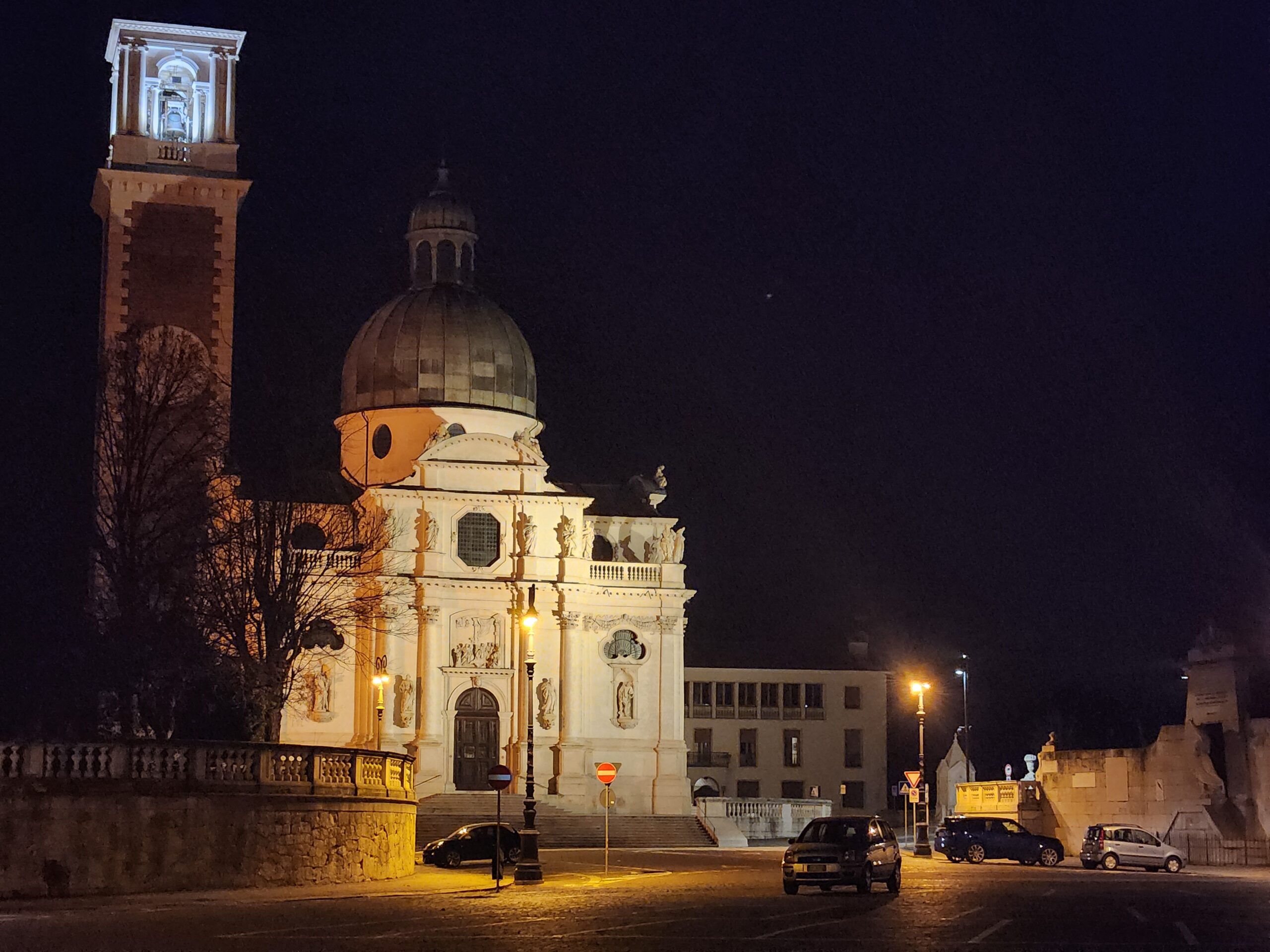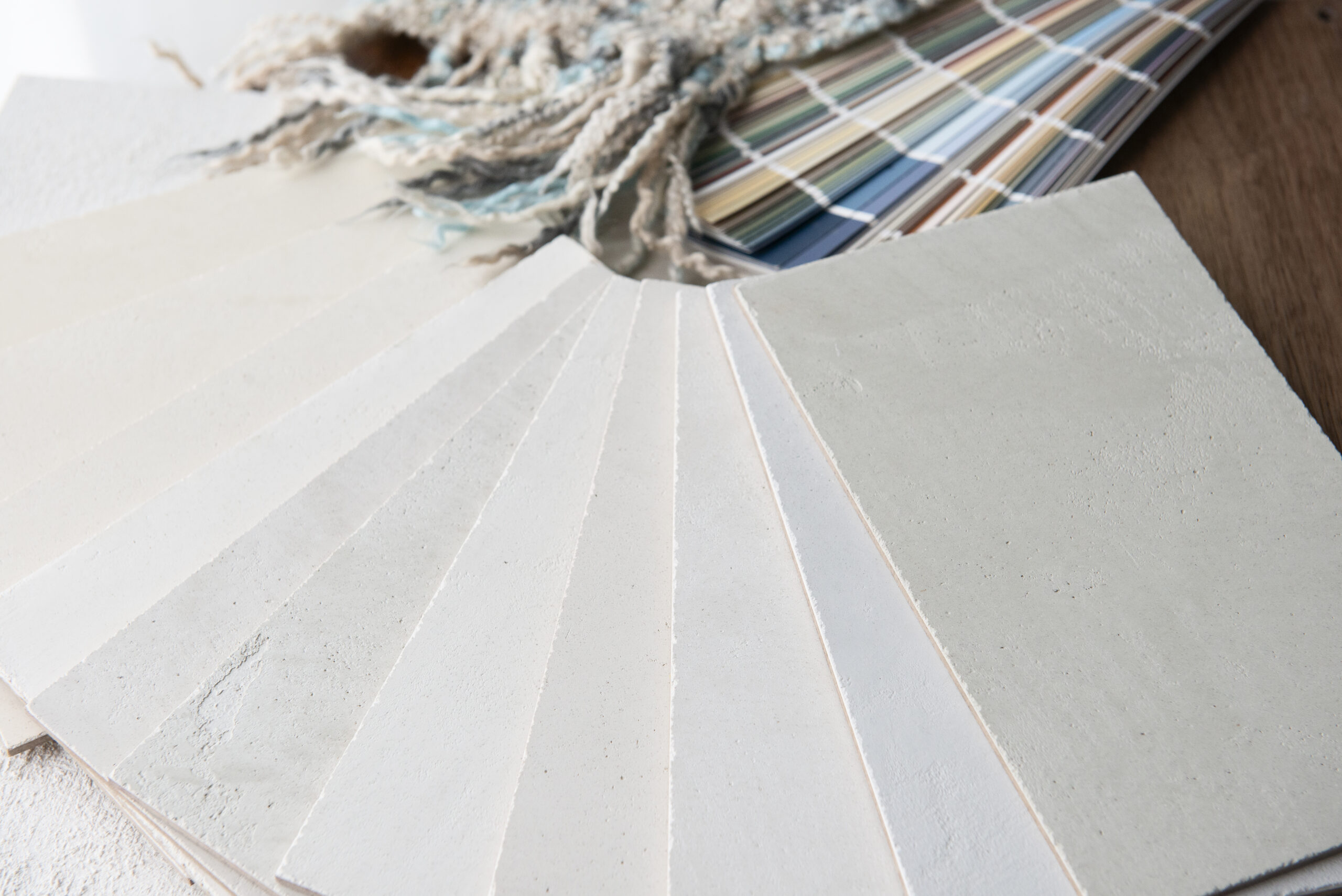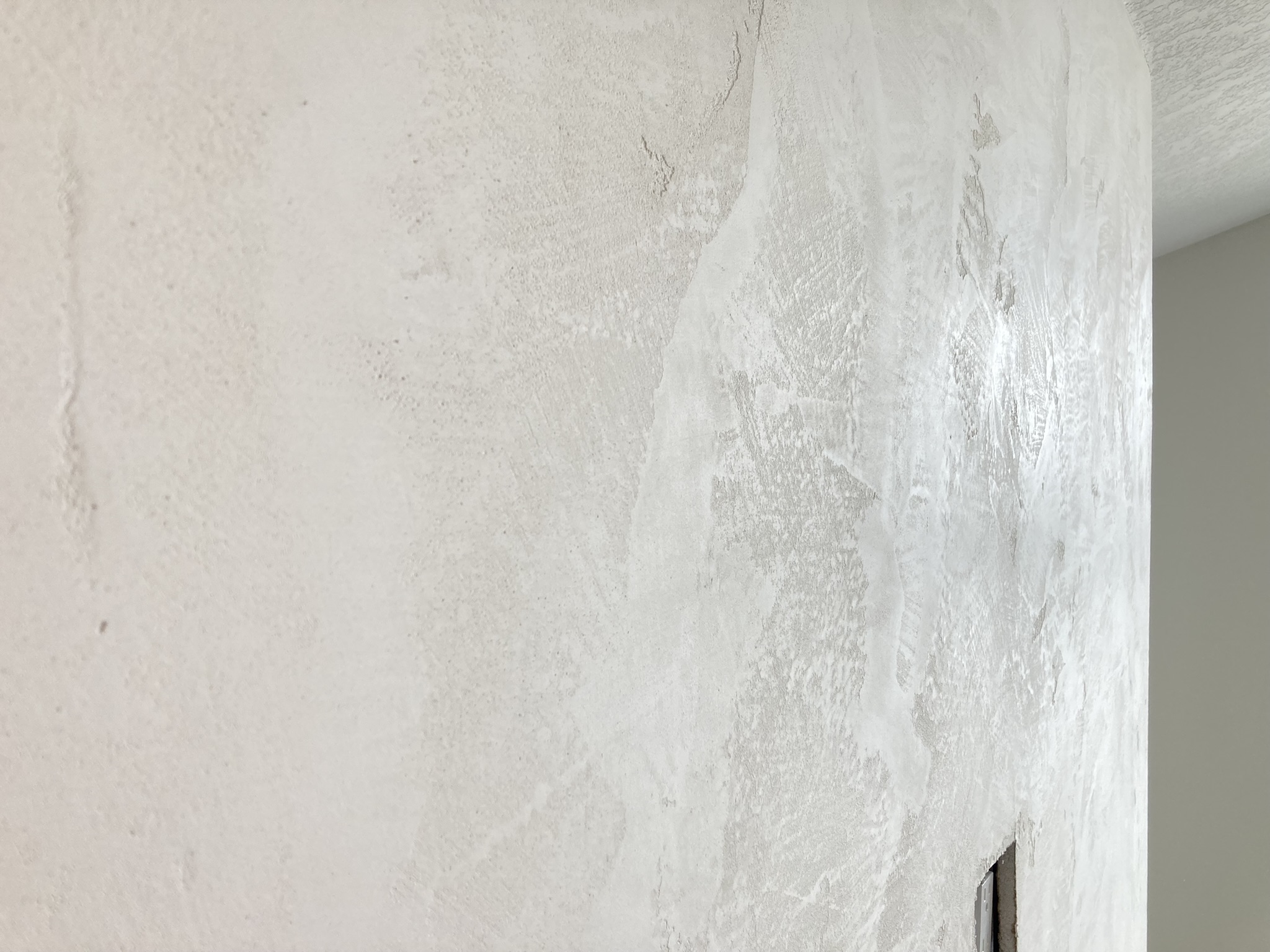In the annals of human history, few civilizations have left a legacy as enduring as that of the ancient Romans. Their architectural prowess stands as a testament to their ingenuity and resourcefulness, with structures like the Colosseum and the Pantheon captivating the world’s imagination for millennia. Among the many innovations that set Roman architecture apart, two elements stand out: the development of concrete and the use of decorative limestone-based plasters. These groundbreaking materials not only shaped the face of Roman construction but also forged an indelible link between the two through their shared reliance on limestone. In this article, we will delve into the fascinating connection between Roman concrete and limestone plasters, unearthing the secrets of their synergy, and exploring how their legacies continue to influence modern architecture. Prepare to embark on a journey through time, as we unveil the remarkable bond that lies at the heart of some of history’s most iconic structures.
What is Roman Concrete?
In the vast tapestry of ancient Rome’s architectural marvels, Roman concrete, or opus caementicium, emerges as a cornerstone of their engineering prowess. This revolutionary material was meticulously crafted by the Romans, who ingeniously combined volcanic ash or other pozzolanic materials with quicklime and water, giving birth to a formidable composite material that would stand the test of time.The secret to Roman concrete’s unparalleled durability lies in the use of quicklime. When mixed with water, quicklime undergoes a process called slaking, which releases heat and results in the formation of calcium hydroxide. This substance, in turn, reacts with the pozzolanic materials, setting off a complex chemical reaction that ultimately produces a cementitious matrix. This matrix not only binds the aggregates together but also grants the concrete its incredible strength and longevity.But the true magic of Roman concrete comes from its self-healing properties. As the material ages, the quicklime continues to react with water, filling in the minuscule cracks that might form over time. This prevents the cracks from expanding and compromising the structural integrity of the concrete, ensuring that the masterpieces of ancient Roman architecture remain standing for centuries to come.As we delve further into the captivating world of Roman construction, it becomes increasingly evident that the remarkable properties of Roman concrete have played a pivotal role in shaping the architectural landscape of the empire, inspiring generations of builders and architects to follow in their footsteps. The indomitable strength and resilience of this ingenious material serve as a reminder of the enduring ingenuity of the ancient Romans, and the timeless allure of their architectural legacy.
What are Limestone-based Plasters?
As we journey through the mesmerizing world of ancient Roman architecture, we encounter another material that played a pivotal role in their aesthetic achievements: limestone-based plasters. These decorative coatings, crafted from natural limestone and marble, possess a unique allure that has captivated generations of architects and artisans.Limestone-based plasters grace the walls, ceilings, and columns of Roman buildings, infusing them with a sense of elegance and refinement. Prized for both their beauty and durability, these plasters are a testament to the ancient Romans’ mastery of aesthetics and their keen understanding of the innate properties of their materials.The composition of limestone-based plasters differs significantly from that of Roman concrete. Eschewing the use of quicklime or other pozzolanic materials, these plasters focus on the inherent charm of limestone and marble. While they may not possess the load-bearing capabilities or self-healing properties of their concrete counterparts, limestone-based plasters have their own strengths, namely, their resistance to weathering and ability to retain their original appearance for extended periods.The artistry of ancient Roman builders is particularly evident in the intricate frescoes and ornamental designs that adorn the surfaces of their structures. These captivating creations are made possible by the versatility and workability of limestone-based plasters, which can be molded, shaped, and tinted to achieve a wide array of visual effects.In their pursuit of architectural excellence, the ancient Romans deftly combined the structural fortitude of Roman concrete with the enchanting beauty of limestone-based plasters, creating a harmonious marriage of form and function that continues to inspire awe and admiration to this day.
What is The Historical Link between Roman Concrete and Limestone-based Plasters?
As we delve deeper into the enchanting narrative of ancient Roman architecture, we uncover a captivating connection that unites two seemingly disparate materials: Roman concrete and limestone-based plasters. Despite serving distinct purposes in the realm of construction, these materials are bound together by a shared reverence for the versatility and resilience of limestone.The ancient Romans recognized the exceptional properties of limestone, incorporating it into a myriad of construction projects. The durability and strength of this natural resource made it an invaluable asset to the empire, with its applications ranging from the heart of Roman concrete to the delicate beauty of decorative plasters.In Roman concrete, limestone played a crucial role in the form of quicklime, which endowed the material with its self-healing properties and robustness. On the other hand, limestone-based plasters capitalized on the aesthetic potential of limestone and marble, transforming them into elegant coatings that adorned the surfaces of buildings and monuments.The same qualities that made limestone an indispensable ingredient in Roman concrete also contributed to its popularity in decorative plasters. Its ability to withstand the ravages of time while retaining its original splendor made it an ideal choice for architects and artisans seeking to create enduring masterpieces that would captivate generations to come.This fascinating historical link between Roman concrete and limestone-based plasters is a testament to the ancient Romans’ ingenuity and resourcefulness. Their ability to harness the full potential of limestone, exploiting its strengths in both structural and aesthetic applications, laid the foundation for some of the most awe-inspiring architectural wonders in human history. As we stand before the enduring edifices of the Roman Empire, we cannot help but marvel at the timeless bond that unites the strength of Roman concrete with the enchanting beauty of limestone-based plasters, a union that transcends time and continues to captivate the world.
In Conclusion: The Timeless Allure of Limestone
As we reach the denouement of our journey through the spellbinding world of ancient Roman architecture, we are left with a profound appreciation for the durability and versatility of limestone, a material that served as the cornerstone of their engineering and artistic endeavors. The common thread that weaves Roman concrete and limestone-based plasters together is the shared reliance on this remarkable natural resource, which continues to be cherished in modern construction projects.The ancient Romans masterfully harnessed the full potential of limestone, employing it in diverse applications that showcased its strength, resilience, and aesthetic appeal. By understanding the historical link between Roman concrete and limestone-based plasters, we not only gain a deeper insight into the architectural prowess of the ancient Romans, but we also stand to learn valuable lessons that can inform contemporary construction practices.The story of limestone in Roman architecture is a tale of ingenuity, craftsmanship, and an unwavering pursuit of beauty and longevity. As we marvel at the magnificent structures that still grace our world today, it becomes abundantly clear that the legacy of Roman concrete and limestone-based plasters is one that transcends the boundaries of time, inspiring future generations to build upon the foundations of their forebears and continue the tradition of architectural excellence.In a world where the ephemeral often takes center stage, the enduring creations of ancient Rome serve as a powerful reminder of the lasting impact that thoughtful design and innovative materials can have on our built environment. As we continue to explore new avenues of construction and design, let us look back at the lessons of the past, and allow the timeless allure of limestone and the genius of Roman engineering to guide us towards a future of architectural splendor.




